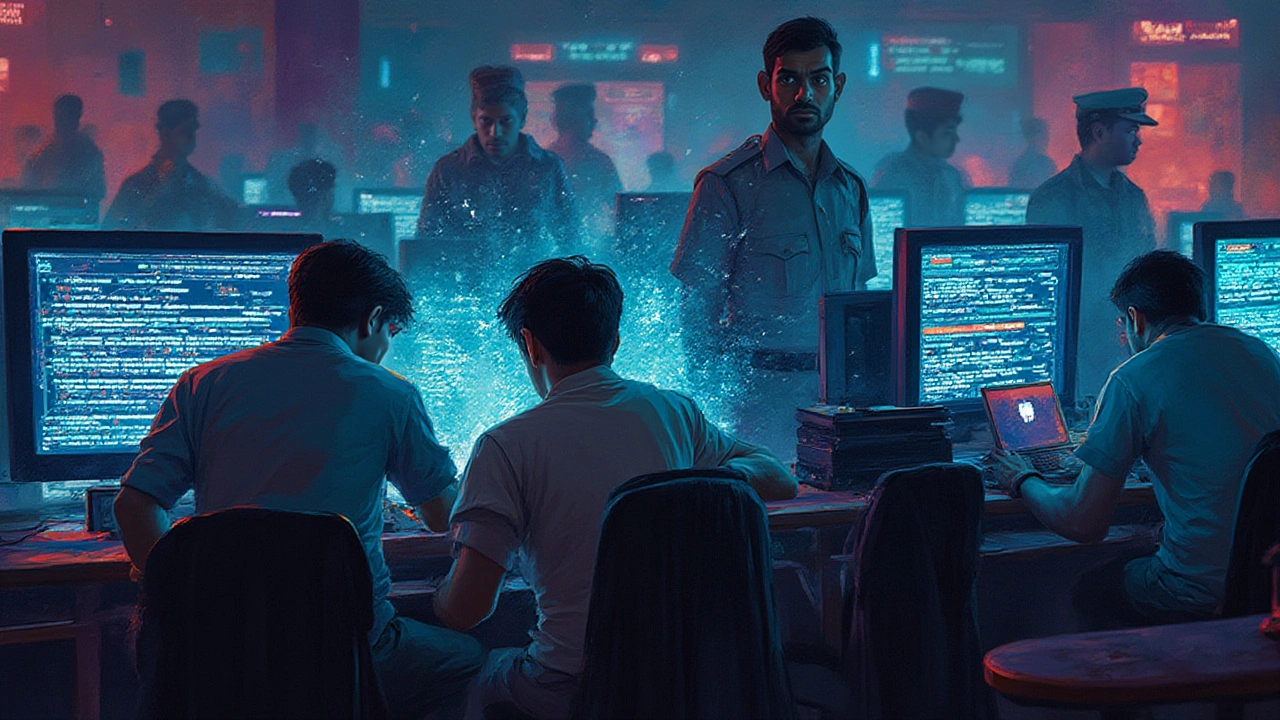Digital Law Enforcement: How Tech Is Shaping Justice
Ever wonder how police catch hackers, track online fraud, or use AI to solve cases? That’s digital law enforcement in action. It’s the blend of computers, data, and legal rules that helps authorities work faster and smarter. If you’re curious about the tools, the challenges, or the impact on everyday life, you’re in the right spot.
Why Digital Law Enforcement Matters
Crimes today aren’t confined to streets or alleyways. A scammer can steal money from someone half a world away with just a few clicks. Traditional methods struggle to keep up, so agencies rely on digital forensics, real‑time monitoring, and network analysis. The result? Faster arrests, clearer evidence, and fewer false accusations because everything is logged and verifiable.
Another big win is transparency. When a body cam records a traffic stop, that video becomes part of the case file instantly. The same idea applies to online evidence – a screenshot, a server log, or a blockchain record can be uploaded to a secure portal and shared with prosecutors without the paperwork nightmare.
Key Tools and Trends
One of the hottest tools right now is AI‑powered pattern recognition. Machines can scan millions of social‑media posts for keywords that hint at illegal activity. They flag suspicious behavior, letting officers focus on the most promising leads. It’s like having a tireless assistant that never sleeps.
Blockchain is also making a splash. Because each transaction is sealed in a tamper‑proof ledger, investigators can trace money trails that once vanished into the ether. Courts are starting to accept blockchain data as solid proof, which closes a huge loophole for money‑launderers.
Meanwhile, mobile apps let citizens report crimes with a tap. GPS data, photos, and timestamps get pushed straight to a police dashboard. This crowdsourced approach widens the net and cuts response times, especially in rural areas where officers are few.
Of course, privacy concerns pop up. Collecting data at scale can feel invasive, so many countries are drafting strict rules about what can be stored, who can see it, and how long it stays. Balancing safety with civil liberties is the biggest debate in digital law enforcement today.
Looking ahead, expect more integration between public and private sectors. Tech firms already own the infrastructure that monitors traffic, payments, and communications. Partnerships will give law enforcement a richer data pool while forcing companies to build privacy safeguards into their products.
Bottom line: digital law enforcement isn’t a futuristic buzzword – it’s the reality police and courts work with every day. Understanding the basics helps you see why a cyber‑crime headline matters to your neighborhood, and it shows how the legal system adapts to a connected world.

Why So Few Cyber Criminals End Up Behind Bars: Cyber Crime Law Explained
Ever wondered why most cyber criminals never see a jail cell? Get the inside scoop on cyber crime law, the real obstacles to digital justice, and eye-opening facts.